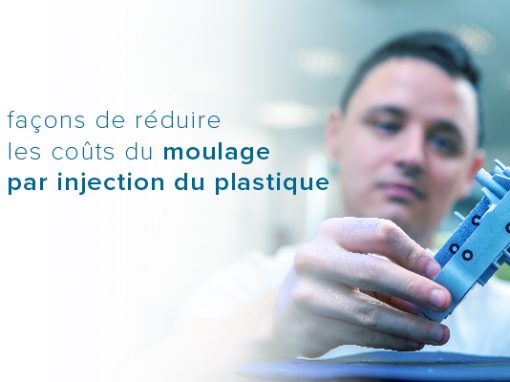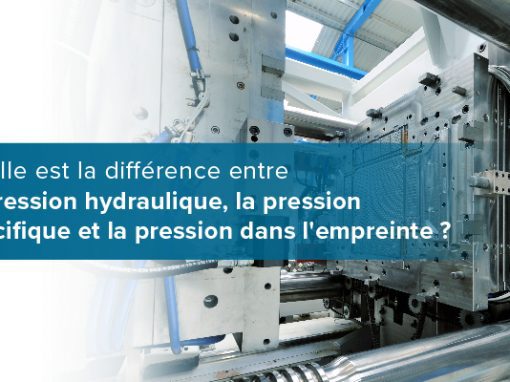Tip of the Day 19: Machine Fill v.s. Cavity Fill
After sending Tip #15: “What are Fill and Pack?” I got some questions that showed confusion between machine fill and pack v.s. cavity fill and pack.
The short explanation is this: Cavity fill is when the material reaches the end of the cavity so that it can begin to pressurize. Machine fill (in a decoupled process) is when the machine slows down (D3) or transfers to hold (D2) BEFORE the cavity is full. The melt then decompresses and the machine slowly packs more material into the subsequently full cavity.
Machine Fill:
In the eDART we want the user to set the fill volume for a particular process. This is either done with the cursor on the cycle graph, or a button on the Sequence Settings fill tab (with a short shot) or by typing in a number. If you don’t set fill volume then the eDART uses the time at injection pressure peak. This tells the eDART when the fill portion of the cycle ends from the machine’s point of view.
Cavity Fill:
The cavity fill settings in “Sequence Settings” tell the eDART when to interpret the cavity as full. Experience has shown that using 1000 psi at the end of cavity is a good estimate of a repeatable fill time.
The Sequence Settings tab lets you change the meaning of when a cavity is full. These are saved with the processs, i.e. the mold / material /cavitation combination.
More Precision or Low Pressure Molding?:
You can change the level to more accurately reflect the exact time when the cavity is full. Use the cursor to pick the level just above the “kink” in the cavity pressure curve.
No End of Cavity Sensor?:
If you have only Post Gate sensors, for example, you can choose a point on the post gate pressure curve that best indicates when the cavity is beginning to pressurize and use that. You would need to change the sensor used for fill to Post Gate and the level to your new selected level.
This tip is focused on fill. The pack settings follow the same idea. Machine pack ends at transfer. Cavity pack starts at cavity fill and ends at 98% of the Post Gate sensor peak. If there is no post gate sensor you must choose another that exists. If someone needs more elaboration on machine v.s. cavity pack, let me know. This is probably a separate tip.
More Details for Those Interested: Values Computed
Machine Fill:
Knowing the end of machine fill allows the eDART to compute viscosity during fill, machine fill time and speed (for repeatability and process setup). It does not tell you how fast the cavity filled to the end. The sequence trace Machine Sequence/ Fill comes from this computation. The summary values are:
Effective Viscosity/Fill: Area under the injection pressure curve over the machine fill period (the effort required to fill the mold)
Average Value/Fill Speed: Travel over the fill period divided by the time.
Average Value/Fill Flow Rate: Volume injected over the fill period divided by time.
Sequence Time/Fill Time: The time that the Machine Sequence/Fill is on (from zero crossing on volume till set volume or peak injection pressure).
Fill Shear Rate/Inverse Fill Time: Inverse of Sequence Time/Fill
Cavity Fill:
The eDART uses the Sequence Settings, Cavity Fill setup to decide when the cavity is full. It can then compute a variety of summary values that represent part quality in-cavity far better than the machine variables.
Process Time/Cavity Fill: Can correlate to impact resistance (for true shear rate) or to strength of living hinges (molecular alignment).
Process Time/Cavity Pack and Pack Rate both use the cavity fill point as the start of cavity pack.
Process Time/Fill & Pack Time: Ends at 98% (or selected) value at the pack sensor.
Balance/Cavity Fill Time: uses the fill times between cavities to compute balance between them
Range/Cavity Fill Time is the difference between the highest and lowest cavity fill times in multi-cavity mold
Volume at Fill relates the machine slow-down point (end of machine fill) to the cavity fill point. It is the volume measured at the end of machine fill divided by the injection volume at the point where the cavity is full (end of cavity fill) This shows how decoupled the process is.

